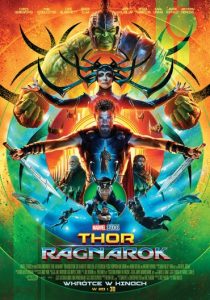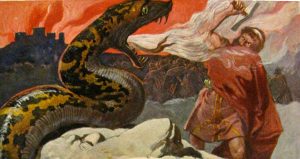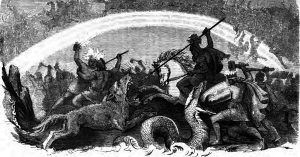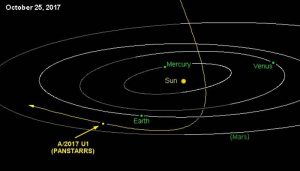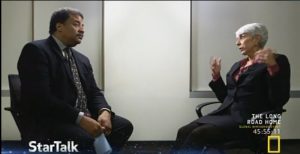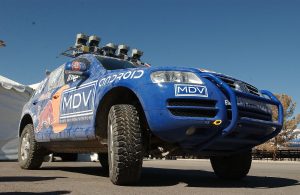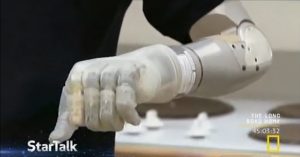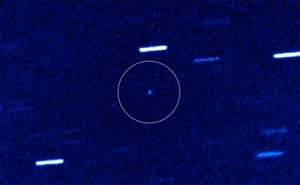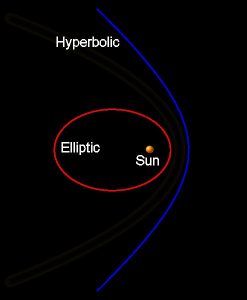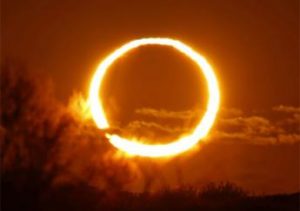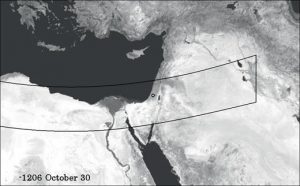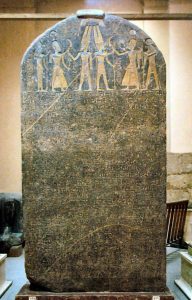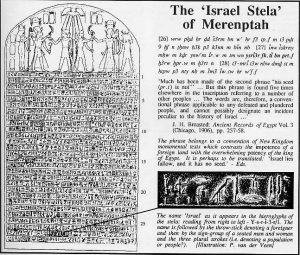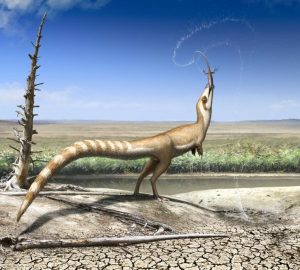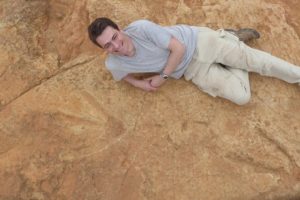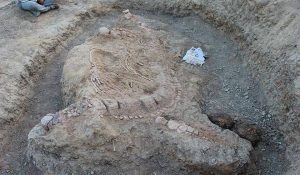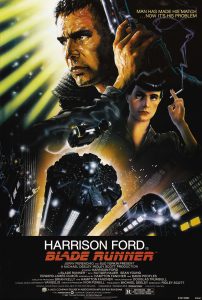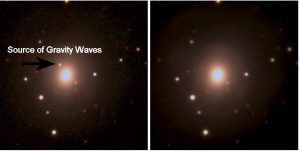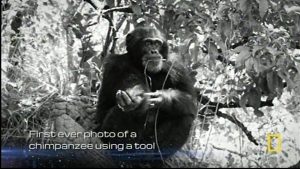There have been several very interesting things happening in space this past month so we’ve got a lot to discuss. I almost don’t know where to start.
I’ll start with the discovery of the second closest exo-planet, that is a planet orbiting another star. The star is called Ross 128 and sits in the constellation of Virgo at a distance of 11.2 Light Years (or 3.4 Parsecs) while the planet has been designated as Ross 128b.
Not only is Ross 128b close to earth it’s also just 35% more massive than our Earth so it’s expected to be a rocky planet. In addition Ross 128b orbits its star at a distance within what astronomers call the habitable zone. The habitable zone is defined as the region of space where the light coming from a star is just strong enough to give a planet a surface temperature suitable for liquid water to exist. And liquid water is obviously a prerequisite for life similar to that here on Earth.
How far the habitable zone is from a star depends on how much energy the star emits every second. A large hot star like Sirius would have its habitable zone out where Jupiter or Saturn are in our Solar System but Ross 128 is a small dim star; its habitable zone is much closer than even the orbit of Mercury. In fact Ross 128b is so close it orbits Ross 128 every 9.9 days!
One more thing about Ross 128b that has astronomers excited is that its parent star is a calm mild star, not prone to flare-ups that could make life impossible on their planets. Based on what we know about Ross 128b the planet looks like the best bet right now for discovering life outside our Solar System.
And we may be doing just that quite soon. You see over the next few years a new generation of telescopes, collectively know as Extremely Large Telescopes (ELTs) will begin to study the Universe. These huge instruments, along with the James Webb space telescope to be launched next year, should be able to separate Ross128b from the glare of its parent star and possibly detect signs of life on its surface. Detecting the spectral lines of Oxygen in the planets atmosphere in particular would be very strong evidence of life. Sometime in the next ten years we may know for certain! The image below shows an artist’s idea of what the Planet Ross 128b may look like along with artwork from NASA of the James Webb space telescope.
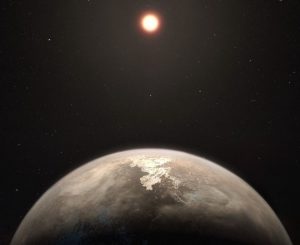
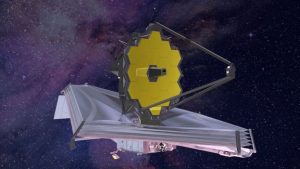
The second story is related to the first because it concerns another close, potentially inhabited exo-planet orbiting around Luyten’s star at a distance of only 12 light years. The planet GJ273b is about three times the mass of Earth and also orbits within the habitable zone of Luyten’s star.
A new organization called METI, Messaging Extra Terrestrial Intelligence, has begun sending radio signals, including music, to any potential civilization on GJ273b using a radio telescope in Norway starting in October and will be repeated in April of 2018. Traveling at the speed of light the signals will arrive at GJ273b in November of 2030. If there is a technical civilization on GJ273b then we may hear an answer in 2043. The image below shows the EISCAT parabolic dish antenna used to transmit the signals to GJ273b.

Finally I like to talk a little more about one of those new telescopes that could revolutionize our knowledge of the universe. The Zwicky Transient Facility (ZTF) may not be the largest astronomical instrument but its digital camera, with a resolution of 24,000 by 24,000 pixels, will be capable of scanning the entire northern sky each night for transient events, anything that changes in brightness.
ZTF will quickly spot and localize objects ranging from supernovas to Near Earth Asteroids to supermassive black holes devouring entire stars in other galaxies. ZTF is also expected to detect the visible components of gravity wave events. Whenever ZTF spots something of interest other, more powerful but narrower focused instruments will be brought to bear to study the event in greater detail.
The ZTF telescope took its first photograph on November 14, see image below, and will be fully operational next year. If you’d like to read more about the ZTF click on the link below to be taken to the University of Maryland’s ZTF website.

https://cmns.umd.edu/news-events/features/4026
These are just a few more reasons to think that we could be in for some very exciting discoveries over the next few decades!

